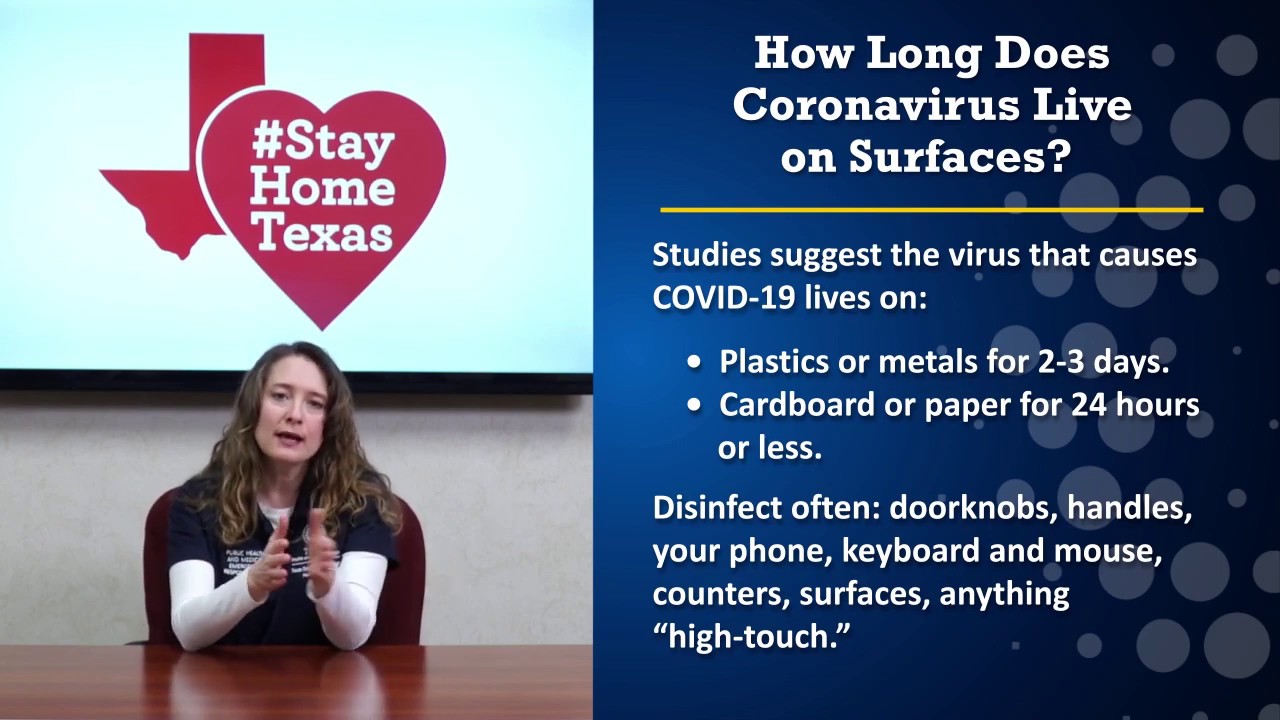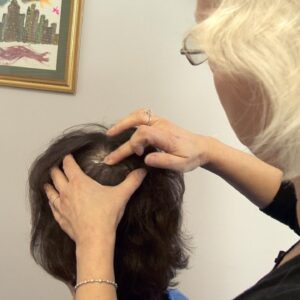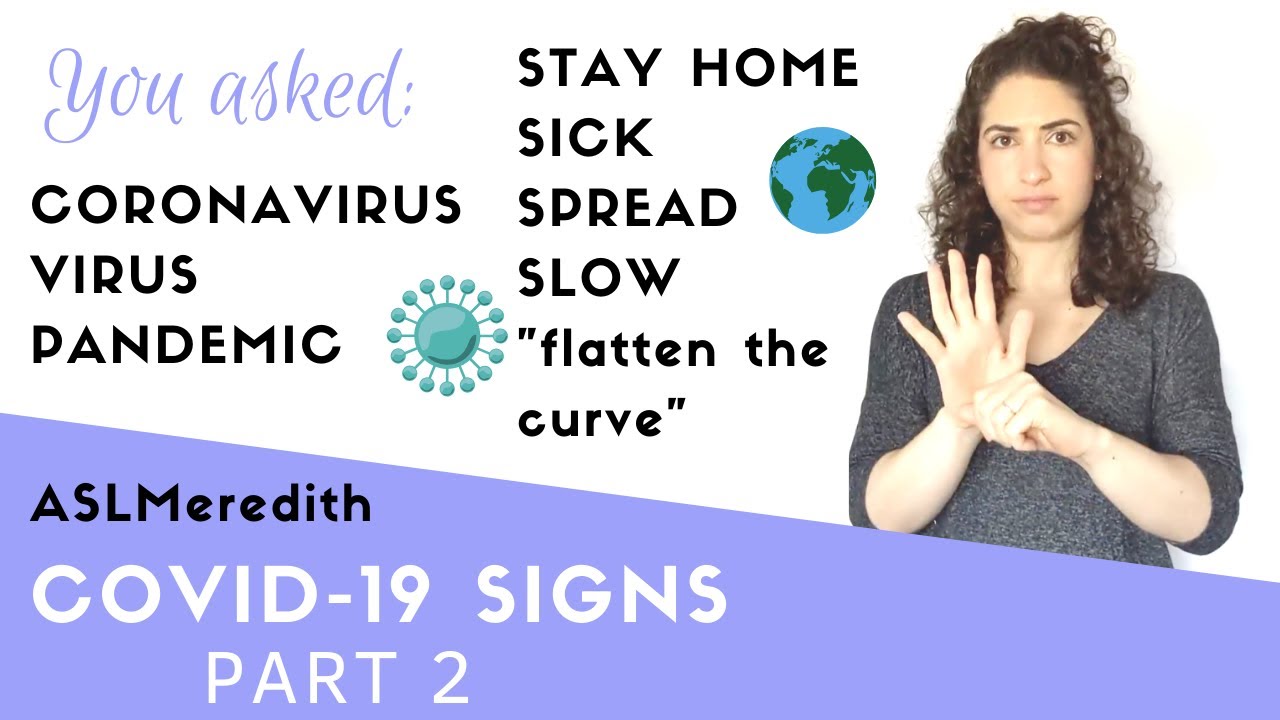How long can COVID live on surfaces in your home? You’ve probably heard that COVID can survive on surfaces for 72 hours. Regardless of whether you’re preparing food on stainless steel appliances, these surfaces need to be disinfected every few days. The same goes for doorknobs, faucets, and kitchen appliances. Similarly, COVID can survive for two to three days on paper and 96 hours on glass. So, before you touch anything that contains glass, you should disinfect it.
COVID can survive for a limited time on surfaces
Depending on the surface it is infected with, COVID can survive on a home surface for an extended period of time. While the virus can live for hours or even days, the longer the surface is infected, the less chance there is of getting an infection. Still, touching an infected surface can still pose a risk. The authors of the paper suggest that we try to destroy the virus from these surfaces.
Researchers have shown that the novel coronavirus can live on a limited period of time on many household surfaces. Once infected, respiratory droplets from a person can land on doorknobs, handrails, and countertops. These aerosols may spread the virus to other people who touch them. The researchers, from the National Institutes of Health, conducted experiments to compare the novel coronavirus with the SARS virus and concluded that the original strain could live on a range of surfaces for up to seven days.
The virus can survive on different surfaces for a limited amount of time, but the most commonly infected surface is plastic. The study found that COVID can live on plastic for 72 hours, 48 hours on stainless steel, and 24 hours on cardboard. The researchers tested how long the virus could live on the surfaces and found that the COVID could remain alive for up to four hours on a copper surface.
Infected people with COVID-19 can spread the virus to other people by inhaling small droplets. However, large droplets can also land on surfaces. Healthy people who touch these surfaces can unknowingly spread the virus to others, since they are not aware of the presence of the virus. Moreover, the virus stays on surfaces for up to four days in the home.
However, there are steps you can take to prevent this from happening. First, remember to clean surfaces and use alcohol-based hand sanitizers. These two steps will help you avoid the risk of catching COVID through touching your mouth, nose, and eyes. These tips will help you prevent COVID from spreading in the home. If you can’t afford to disinfect all surfaces, use disposable gloves and disinfectant products.
In addition to stainless steel surfaces, coronavirus can survive on plastic and steel surfaces. Despite this fact, experts say that consumers are unlikely to contract the virus from these surfaces. The virus may also survive for several days in the air, which has implications for medical workers. And plastic and cardboard surfaces can also harbor the virus. Therefore, a few precautionary measures can help you avoid catching COVID.
Cleaning surfaces is a key way to protect yourself from COVID-19. Regularly wipe surfaces that are often touched, especially those in high risk environments, and disinfect surfaces when they get noticeably dirty. Using disinfectant products may be necessary if you have visitors or are at high risk. When using these products, be sure to follow the instructions and the guidelines provided by the manufacturer.
To protect yourself from getting COVID, you should wash your hands often, with soap and water, for at least 20 seconds. Keep yourself at least six feet away from those who are infected. If you do become sick from COVID, stay at home and contact a doctor. Remember that the virus can survive in a home for only a limited amount of time.
COVID can survive on surfaces longer than other coronaviruses
While the results from lab tests are interesting, it is not so clear how long COVID can survive on surfaces in a home. One study from Imperial College London found that the virus can survive on 18 surfaces for up to 10 hours after it is left on a hospital bed rail. The researchers studied the virus using a plant virus to serve as a surrogate. They showed that the virus was capable of spreading from a droplet of liquid.
The study also found that COVID can survive longer than other coronaviruses on surfaces in a home. The researchers found that COVID could survive on hard surfaces for up to six days, while other coronaviruses could only survive for two days. This means that if you have been exposed to a person with COVID, you may be at risk for infection if you touch a doorknob, elevator button, or countertops.
The Omicron variant of the coronavirus, which was discovered in Wuhan, China, can survive on various surfaces for up to three days. In contrast, the Omicron variant is much more contagious and can spread through inhalation. As such, the virus is best kept from infecting people who are likely to come in contact with it.
In laboratory studies, the SARS-CoV-2 virus was shown to be able to persist on steel and plastic surfaces for 48 hours, while the TGEV virus survived on steel surfaces for 28 days. Furthermore, two different SARS coronavirus strains survived on paper surfaces for four hours and five days, respectively. This is surprising considering that both types of coronaviruses are prone to a host of chemical agents that can inactivate them.
While COVID does not pose a significant risk to people in healthy households, people at high risk should make sure to wash their hands thoroughly after touching objects that may contain the virus. Similarly, frequently washing surfaces and objects that come into contact with humans may also be beneficial. Regular hand washing and disinfection will eliminate any harmful germs and prevent an infection.
Scientists at Greifswald University Hospital and the Ruhr University Bochum have compiled the results of 22 studies of coronaviruses and how they spread. This new research has implications for both prevention and treatment of the disease. Hopefully, this research will lead to further advances in our understanding of the virus and the techniques that we can use to destroy it.
People who contract COVID 19 often experience post-COVID conditions. These can include new health conditions, including autoimmune disease and multisystem inflammatory syndrome. They may also suffer from cognitive deficits. This is especially common among older people and those in nursing homes. Symptoms vary, but the most common symptoms are sneezing and coughing. If these symptoms do not occur, the disease may progress to acute respiratory distress syndrome.
While these precautions are not foolproof, they can reduce the risk of airborne transmission of COVID-19. Infection can be minimized through proper disinfection, social distancing, and good housekeeping. The EPA recommends increasing ventilation with outdoor air filtration, as well as physical distaging people, wearing face coverings, and hand washing.




